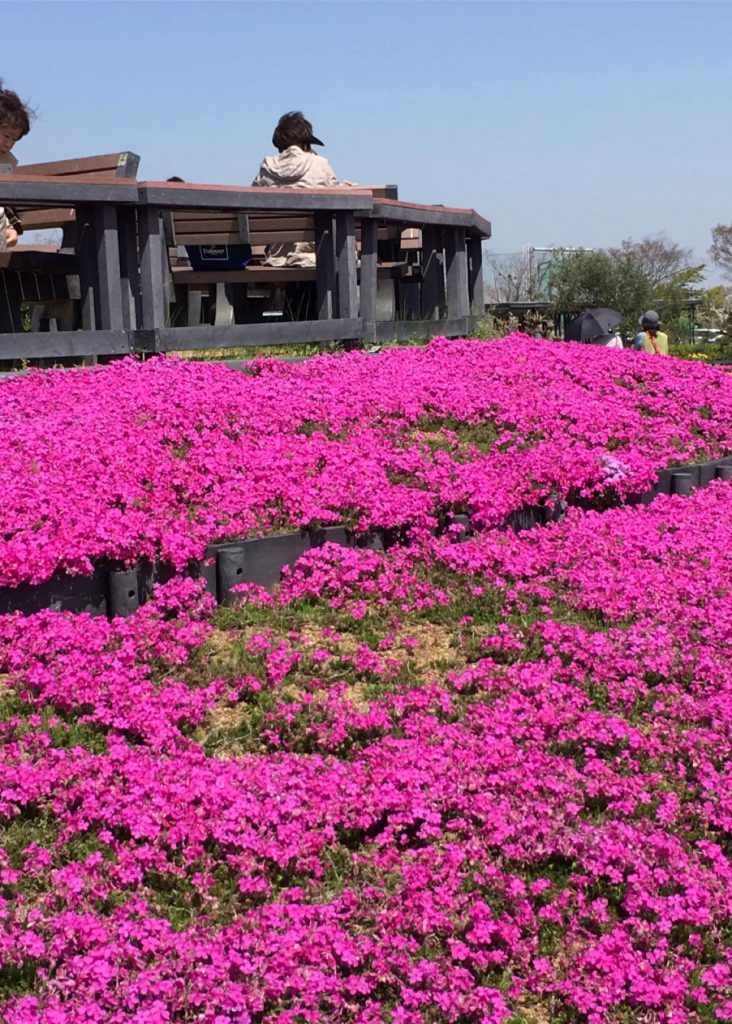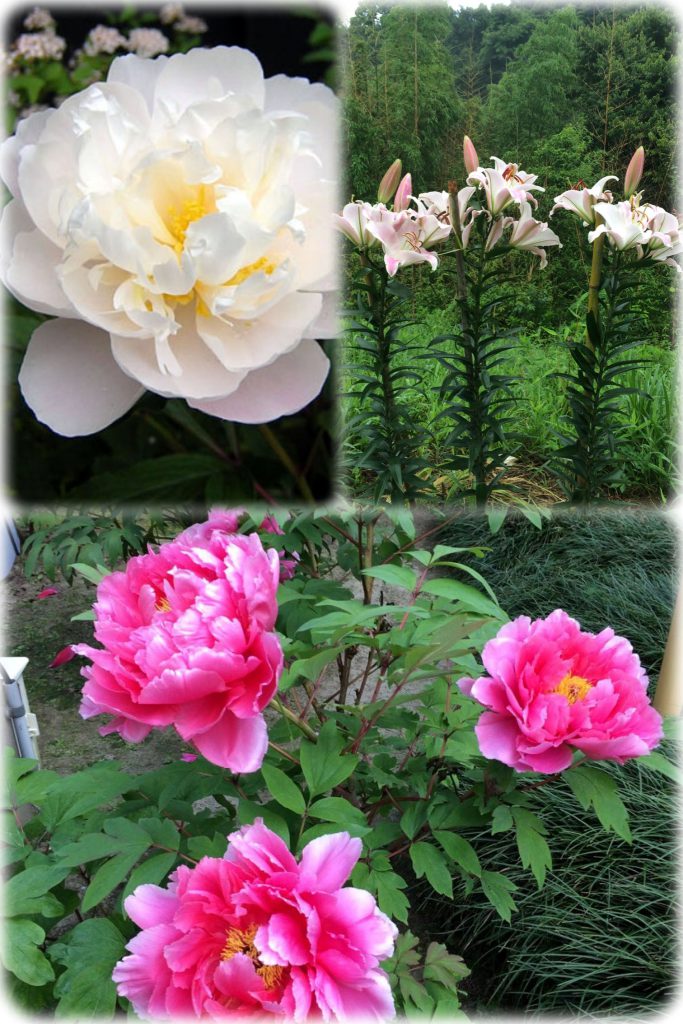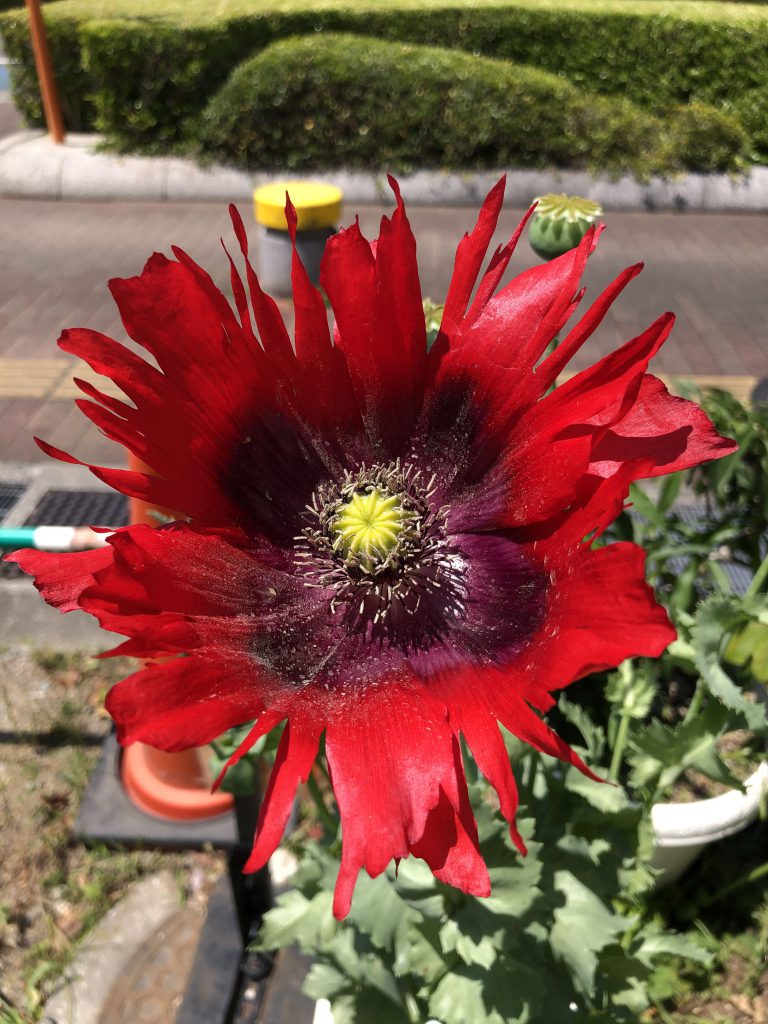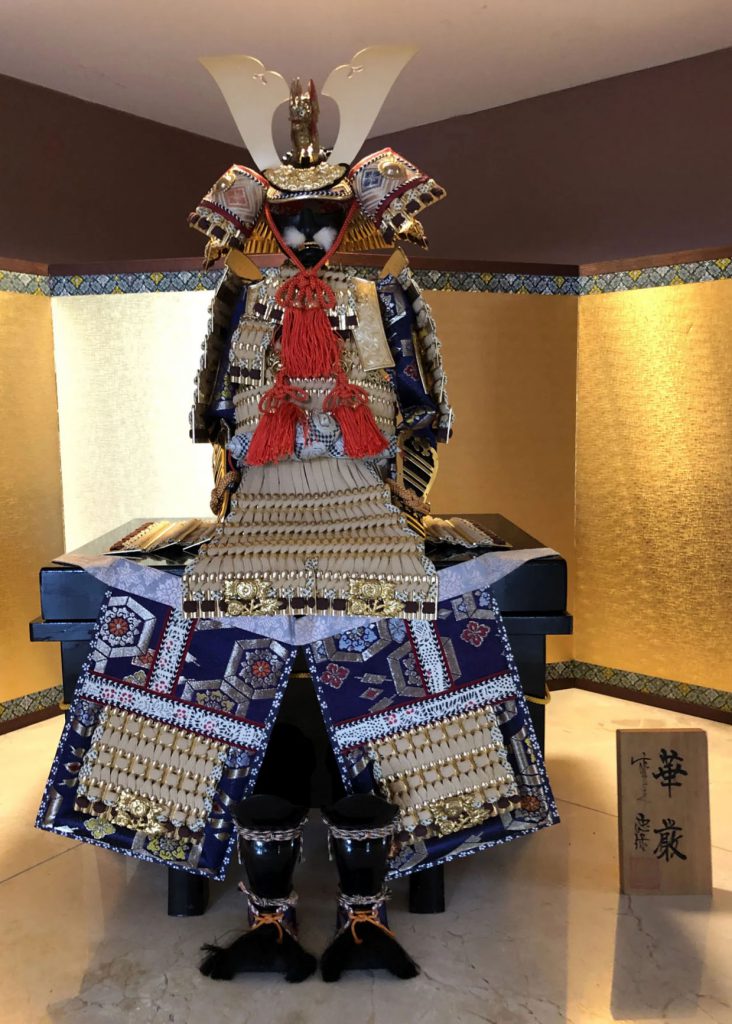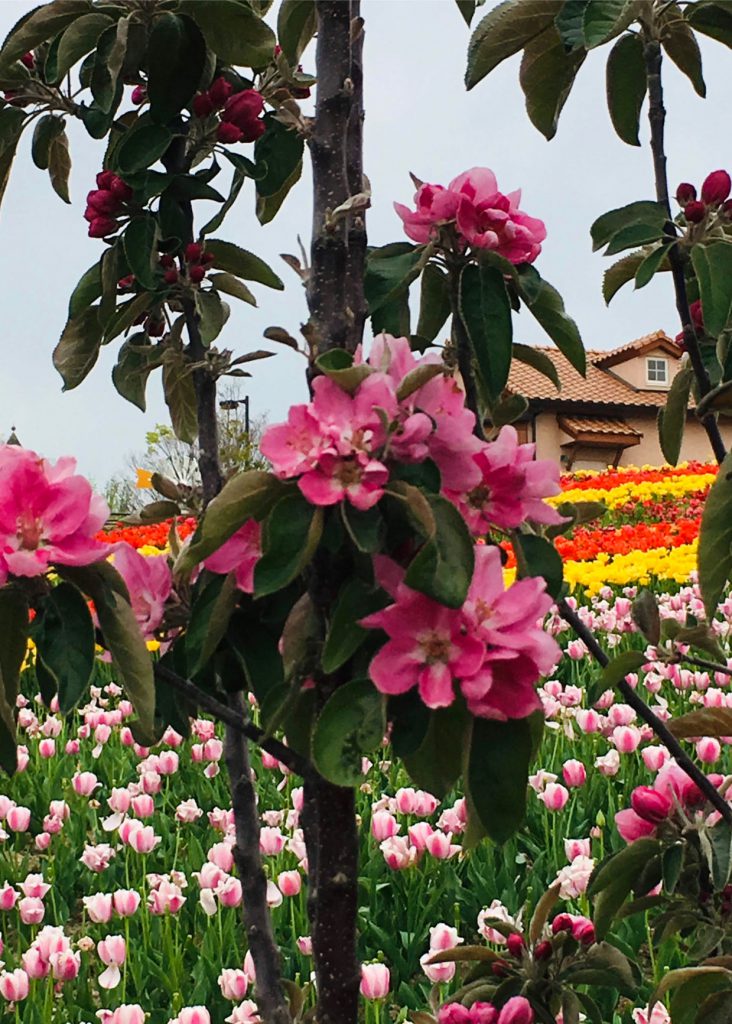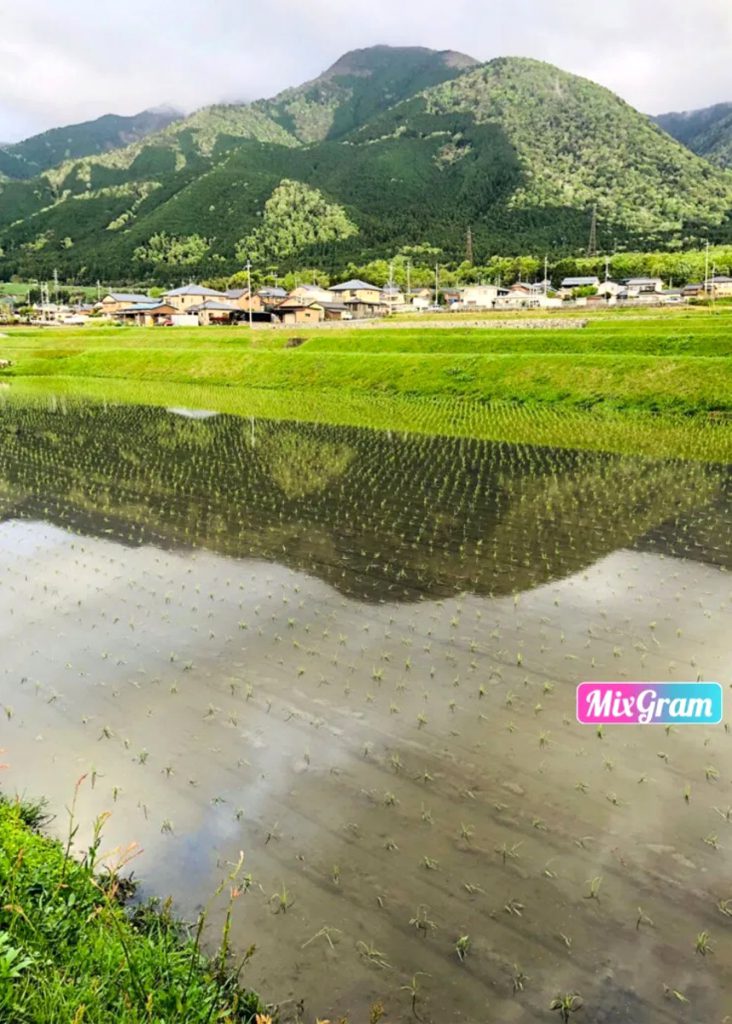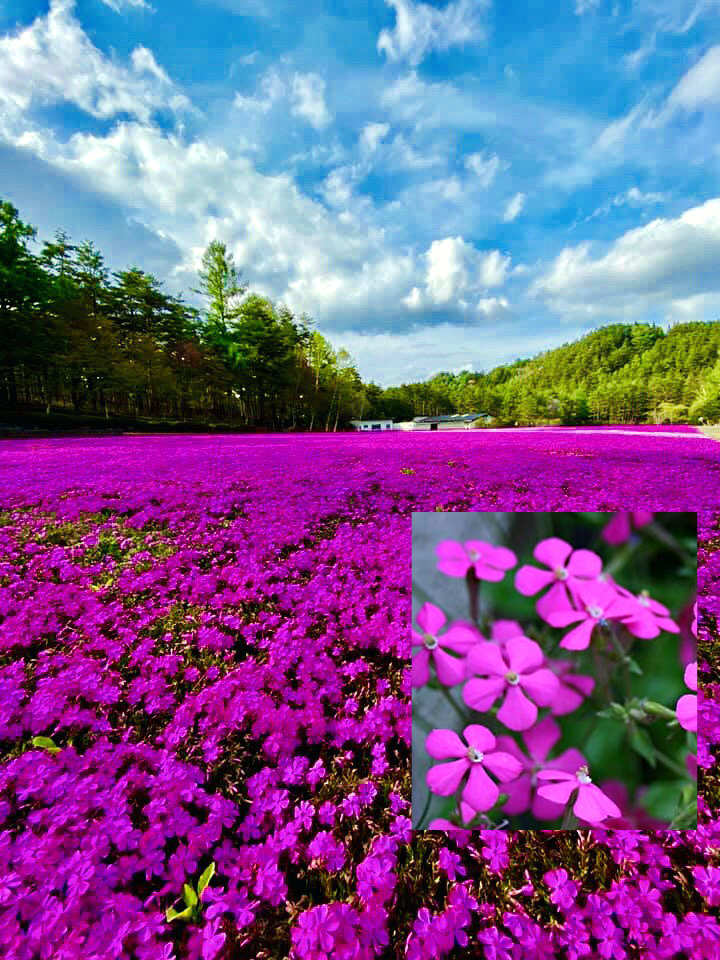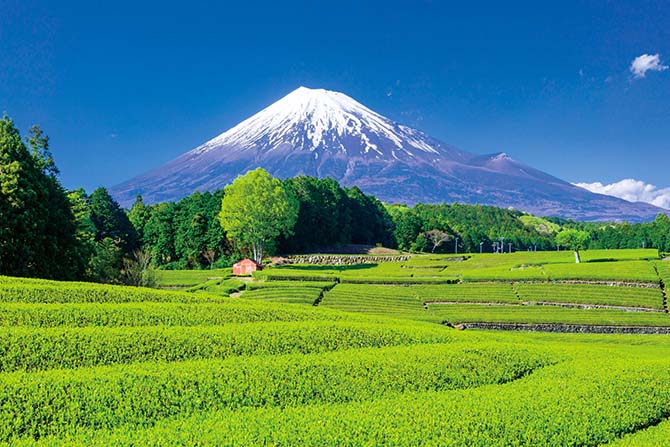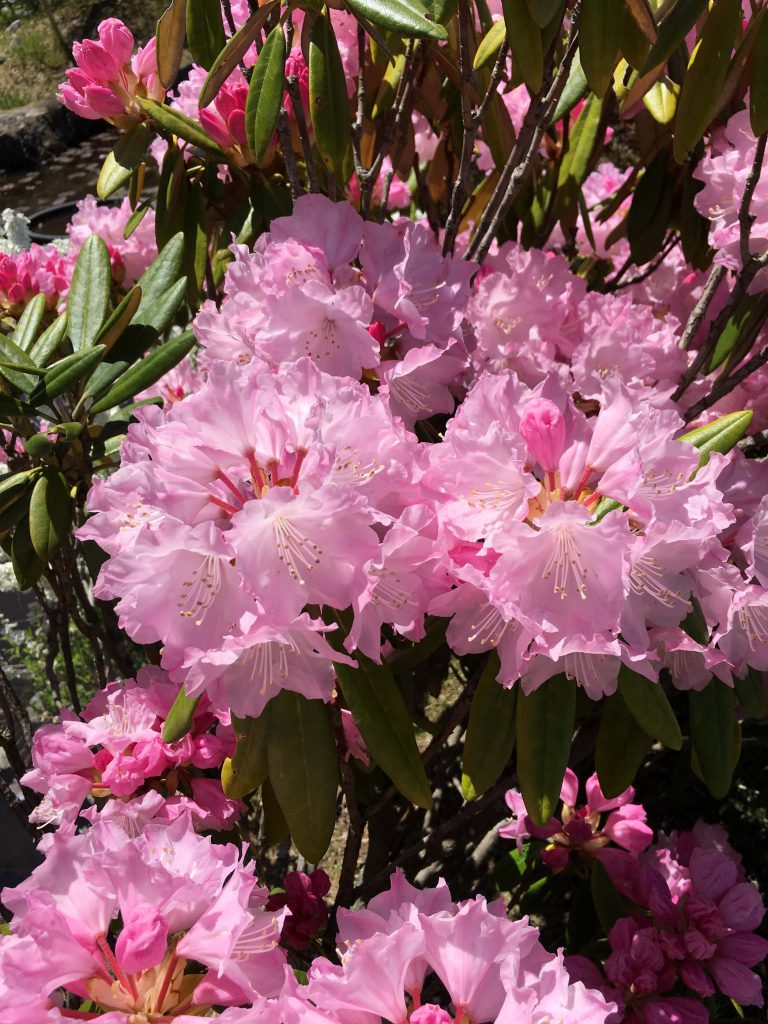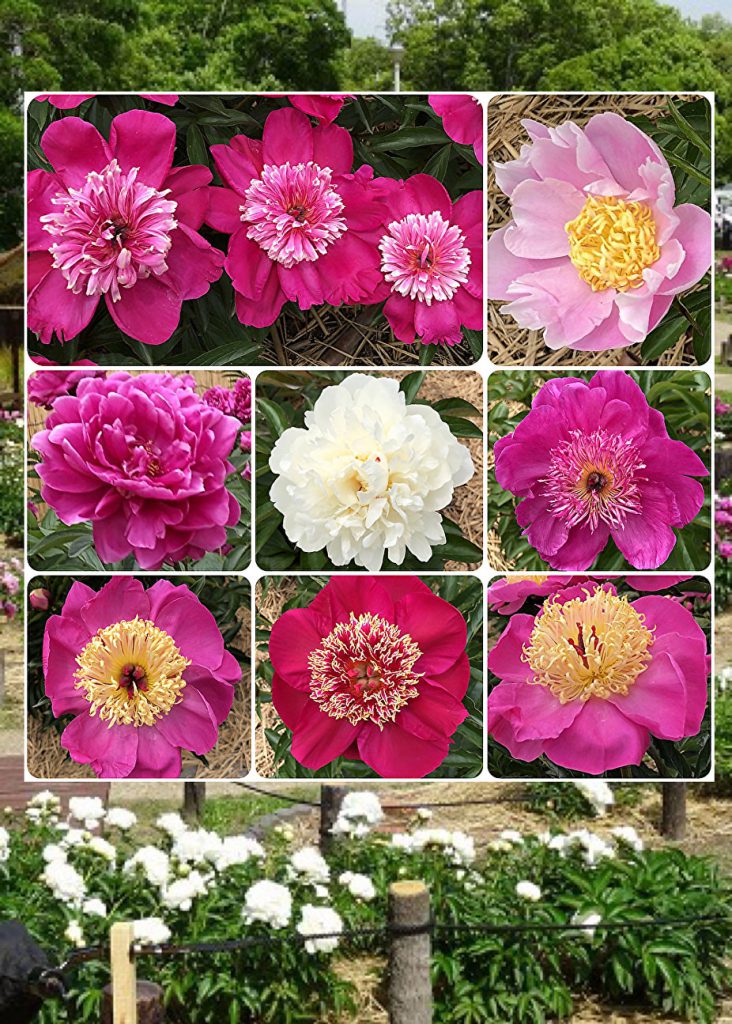
There is a Shakuyaku Garden in the Kyuhoji Green Area in Yao City, Osaka Prefecture. From the end of April to May of the season, about 1,600 stocks of 51 species and 50,000 Shakuyaku bloom in full bloom. You will be healed by the elegant charm of the colorful and vivid Shakuyaku of red, white, pink and yellow. Last year it was closed due to corona, but this year it was opened by the ingenuity to prevent corona infection. From early blooming to late blooming, it keeps blooming for about a month according to the speed of each variety. There are names suitable for each variety, such as “Sakura-no-sono”, one of Kagoshima’s famous Higo flowers, which was considered to be a secret, “Suigetsu”, which has the best scent in the garden, and “Yang Guifei” which is very elegant. The sky looked a little stagnant due to the influence of yellow sand, but I got sweaty while going around the park.
大阪府の八尾市にある久宝寺緑地にシャクヤク園があります。4月下旬頃からシーズンの5月にかけて、51種およそ1,600株、50,000輪のシャクヤクが華やかに咲き揃います。赤、白・ピンク・黄色と色とりどりの鮮やかなシャクヤクの気品ある魅力に癒されます。昨年はコロナのため閉園されていましたが、今年はコロナ感染防止のもと開園されました。早咲きから遅咲きまで、品種ごとの速度に合わせておよそ1ヶ月咲き続けます。門外不出とされていた鹿児島の肥後銘花の一つ「桜の園」、園内でいちばん良い香りのする「酔月」、いかにも気品のある「楊貴妃」などなど、それぞれの品種に相応しい名前が付いています。黄砂の影響で少し淀んだ空模様でしたが、園内を巡っている内に汗ばんできました。

